The happiest, the most environmentally friendly … The most "Tomb-Sweeping Day" in the world.
The annual Tomb-Sweeping Day is coming. Do you plan to go back to your hometown to visit graves and pay homage to your ancestors? Go for a walk to sweep graves, burn paper money, set off firecrackers, and eat green mugs … … It has always been a tradition in Tomb-Sweeping Day, China to offer sacrifices to the dead and mourn for the living. In foreign countries, many countries also have such a special day, with a variety of festivals and ceremonies, to pin their grief on the deceased relatives and friends and martyrs. So, when is the "Tomb-Sweeping Day" abroad? In what ways will they commemorate their ancestors and express their thoughts? Let’s take a look at the best "Tomb-Sweeping Day" abroad!
The most patriotic "Tomb-Sweeping Day": the United States, Israelis and Tanzanians.
American "fallen soldier’s day" shows people’s love for their country.

Memorial Day in the United States is to mourn the American soldiers killed in various wars. It was designated as a national holiday by the federal government in 1971, and the date is the last Monday in May. At first, people only paid homage to all the war victims on the "Memorial Day", and later it gradually evolved into a general family to pay homage to their deceased relatives.
Memorial Day is not only an important festival to show patriotism to Americans, but also represents the official start of summer among the people. Many beaches, amusement parks, summer ferries on small islands, etc. will start to operate from the weekend of that week. Due to the three-day holiday in a row, many Americans went to the suburbs for a barbecue, went to the seaside to have fun or visited museums, etc., resulting in serious traffic congestion.
Israel: mourning for a series of national anniversaries
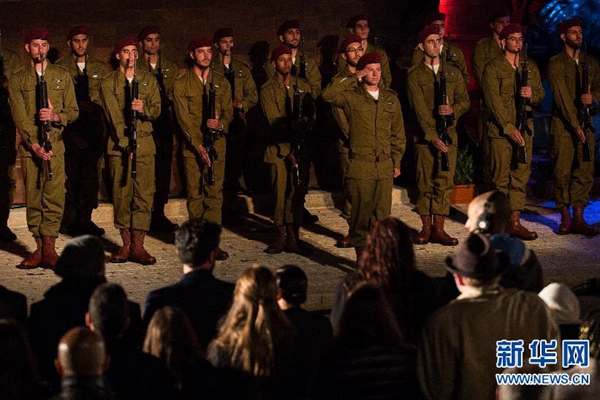
On April 15th, 2015, Israel held an annual memorial ceremony for the victims of the Holocaust at Yad Wehim Holocaust Memorial Hall in Jerusalem.
The Israeli people continuously commemorate the Holocaust Remembrance Day, the Martyrs’ Remembrance Day and Israel’s National Independence Day around May of the Gregorian calendar every year. The anniversary of the Israeli Holocaust is determined according to the Jewish calendar, and it varies from year to year according to the AD calendar.
As the Palestinian-Israeli conflict continues, causing great casualties to Israel, these seemingly official festivals are actually directly connected with the feelings of thousands of families in Israel. Whenever these days come, Israelis will come to the graves of their relatives with flowers and candles in their hands, and use the unique customs of the Jewish nation — — Put stones symbolizing eternity on the tombstones of relatives to express their inner grief. Many tombstones are laid flat, so that there can be a larger area on the tombstones to carry the stones entrusted by relatives and friends.
Tanzania: "Mourning Festival" mourns the martyrs of the War of Independence.
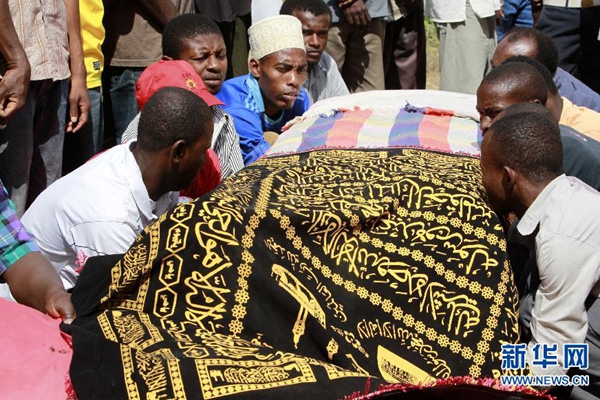
Tanzania is one of the cradles of ancient humans. In the 7th-8th century, Arabs and Persians moved into this area, and in the 19th century, colonial forces from Germany and Britain invaded one after another. In order to strive for independence, the Tanzanian people waged a heroic struggle with the colonists. In 1961, Tanganyika declared independence, in December 1963, Zanzibar declared independence, and in 1964, the two formed a United Republic, which was renamed the United Republic of Tanzania in October of the same year.
In order to mourn the martyrs who died for their country in the War of Independence, the Tanzanian people designated September 2nd every year as "Mourning Day". On this day, people voluntarily go to the cemetery to offer flowers and sweep the graves. National leaders also visit the Martyrs Cemetery to pay homage, and some people also offer wreaths in front of the monument in Independence Square to express their grief for the martyrs.
The most environmentally friendly "Tomb-Sweeping Day": Singaporean and Russian.
Russia: Painting eggs in front of the tomb with fake flowers instead of real receptacle mourning
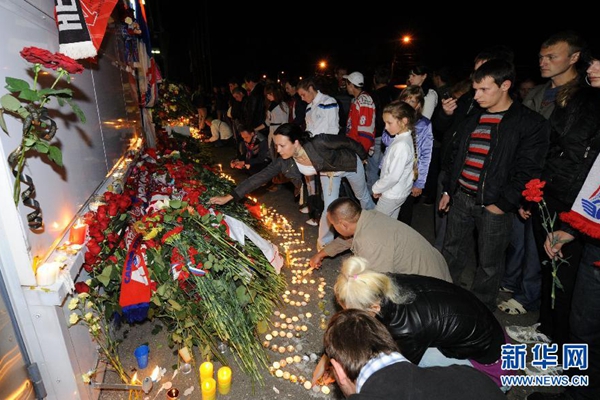
Every year from the end of April to the beginning of May, Russians visit the graves of their deceased relatives with their families. This festival is Russia’s Day of Remembrance of the Dead. The name of Memorial Day in Russian is "Radonica", which literally shows no sadness. According to Russian linguists’ research, the name comes from the words "birth" and "happiness". This festival is specially arranged after Easter, so that people should not be sad for the loss of their loved ones, but should be glad for them to rest in another world.
On the Day of Remembrance of the Dead, Russians will visit the graves of their deceased relatives and pay homage to them. According to the traditional custom, they will offer eggs painted with colorful patterns in front of the tomb, which is said to pray for the blessing of the dead. In addition, they will also provide food such as sweet milk cake, pie and fruit soup, and plant flowers and plants around the cemetery. After the memorial service, the whole family will have a simple dinner in front of the tomb. Everyone will drink a glass of vodka, but they can’t touch glasses or talk when drinking. Devout Orthodox believers go to the church to light candles for the deceased before going to the cemetery, pray for the soul of the deceased to rest in peace, and collect holy water and sprinkle it in front of the cemetery. Today, some details of the memorial ceremony have changed. For example, in the past, Russians placed flowers in front of cemeteries, but now they use more and more beautifully made fake flowers. On the one hand, fake flowers can last longer, and on the other hand, fake flowers are relatively cheaper than real flowers.
Singapore: government-customized incineration barrels are easy to clean.
Compared with Tomb-Sweeping Day, Chinese Singaporeans pay more attention to the "Mid-Yuan Festival" on July 15th of the lunar calendar every year. Legend has it that all ghosts were released in the underworld on that day, and people generally carried out activities of offering sacrifices to ghosts. In order not to affect hygiene and facilitate cleaning, Singapore’s incineration barrels are customized by the government and placed in front of the house every July for people to burn paper.
There is also a special performance in the Chinese-speaking areas of Singapore to entertain ghosts, which the local Fujian people call "July Song Tai" or "Song Tai" for short. Generally speaking, a singing stage is set up on an open space, decorated with audio equipment and lighting, and rows of chairs are placed in the audience, while the chairs in the first row are usually vacant and reserved for "good brothers" (ghosts). Stage performances are usually arranged at night, including humorous short plays, magic, strong songs and dances, etc., and performances are held throughout the seventh month of the lunar calendar.
The happiest "Tomb-Sweeping Day": Philippine, Mexican.
Philippines: Set up tents and sing K-style family gatherings.
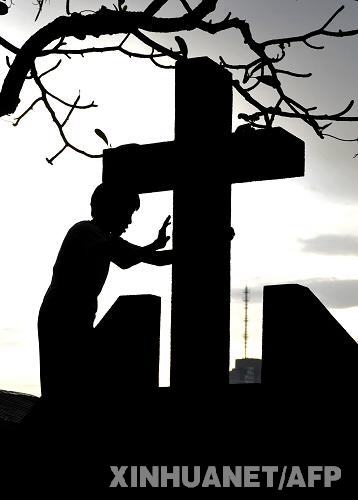
On November 1, 2008, in a cemetery in Manila, the capital of the Philippines, a boy was cleaning up the tombstones of his relatives.
Filipinos usually sweep graves for their deceased relatives on Halloween and All Souls’ Day every autumn. They will set up tents in cemeteries for the night and hold various entertainment activities to remember their loved ones in a happy atmosphere. Halloween and All Souls’ Day are the most popular days of the year in the Philippines. On the day before Halloween, the grave keeper will clean the cemetery and the surrounding roads to welcome grave sweepers. On Halloween, many people rushed to the cemetery and set up tents for the night.
When sweeping graves, Filipinos will not only offer flowers and sacrifices to their deceased relatives, but also prepare food and various entertainment activities for themselves. At the graves of relatives, some people pray, some cook, some play poker, some play guitar, and some even sing karaoke, as if they were holding a lively family gathering. A Philippine media commented that Halloween and All Souls’ Day are not only festivals for the dead, but also festivals for the living.
Mexico: Celebration to welcome the dead home is included in the intangible heritage.
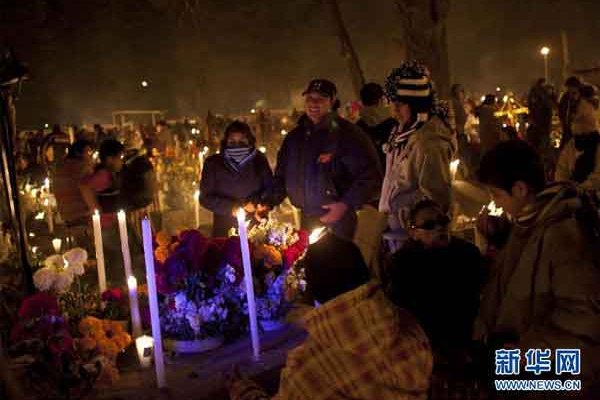
Mexico’s Day of the Dead is divided into two days. Every year, November 1st is the "Young Spirit Day" to pay homage to the dead children, and November 2nd is the "Soul Festival" to pay tribute to the dead adults. At this time, Mexicans will set up altars at home, filled with flowers, candy, decorations, etc., to welcome their deceased relatives home, or set up banquets in cemeteries, play music and wait for celebrations all night. Mexican aborigines believe that death is not a sad thing, but should welcome the dead home with songs and dances and colorful celebrations.
The Day of the Dead originated from the ancient Mexican indigenous Indian culture. After the Spanish came to the New World in the 16th century, the Western Catholic Halloween was combined with the ancient Indian tradition of offering sacrifices to the dead, thus gradually forming today’s Day of the Dead. In 2003, UNESCO listed Mexico Day for the Dead as an intangible cultural heritage. Although Mexico’s "Day of the Dead" is similar to other western countries, it essentially inherits the Indian tradition and shows Indian cultural characteristics, as well as their unique humor and ideas about life and death. In their view, death is not the end of life. The dead will go to another happy world and enjoy the beginning of a new life.
The most religious "Tomb-Sweeping Day": Cambodian and Polish.
Cambodia: It is an important activity to go to the temple to sacrifice the dead.
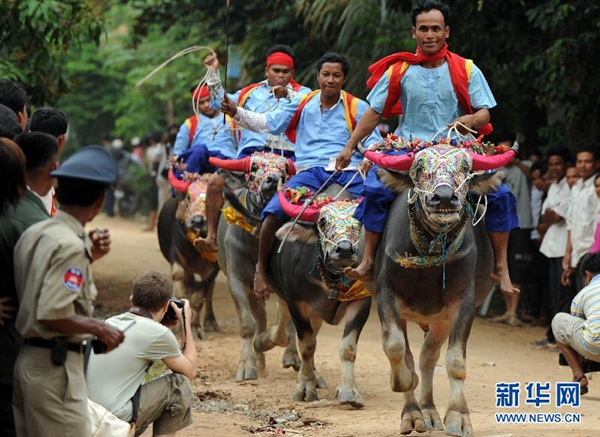
Buddhism is the main religion in Cambodia, so the "Tomb-Sweeping Day" in Cambodia is also very religious. The Day of the Dead, held from October 1 to 15 in the Buddhist calendar every year, is the most solemn festival in Cambodia, with the theme of remembering the dead and worshiping the ancestors. The content of the Day of the Dead is very rich. Every family will go out for an outing, have a picnic, visit relatives and friends while paying homage to their ancestors, and various activities will be held in various places, such as buffalo race, wrestling competition, stick performance and so on.
Sacrifice in the temple is the most important activity of the Day of the Dead. At that time, every household should bring sacrifices and go to the temple to worship, and almost all Buddhist temples, big or small, will be full. If possible, they will take food to Buddhist temples every day, and some people can even go to three or four Buddhist temples to give alms in one morning; If there are no conditions, you can only go to one or two Buddhist temples once or twice in 15 days, but you must go. According to the Khmer national tradition, the more Buddhist temples you go to, the more merits you accumulate.
Poland: Mass to pray for the dead
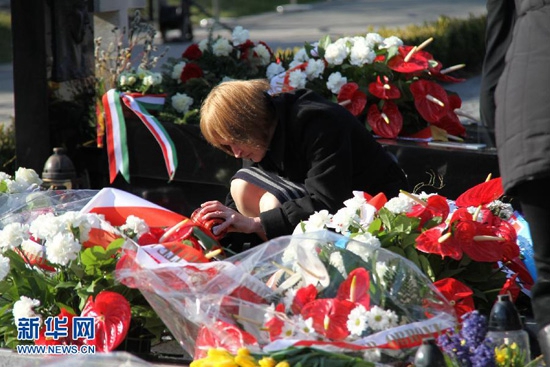
November 2nd every year is a traditional festival for Poles to remember the dead, which is called Day of the Dead, and it follows Halloween on November 1st. Today, in Poland, the memorial activities for the dead are mainly concentrated on November 1. On this day, people go to the cemetery to sweep graves, and the elderly light candles symbolizing the immortality of the deceased, so that children can offer them sacrifices to educate future generations not to forget their ancestors. They will also display bouquets, baskets or other decorations to commemorate their old friends.
According to the traditional explanation of Poland, the Day of the Dead began to spread in the 12th century, and it was not accepted by people all over the country until the end of 15th century. Besides sweeping graves, Poles also go to mass and pray for the dead. (Text Image Source: Xinhuanet, Overseas Network Editor: Tian Ming, Intern Li Xia)